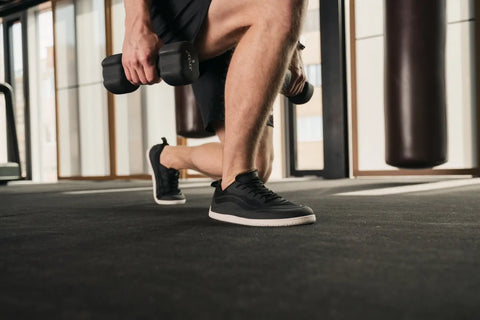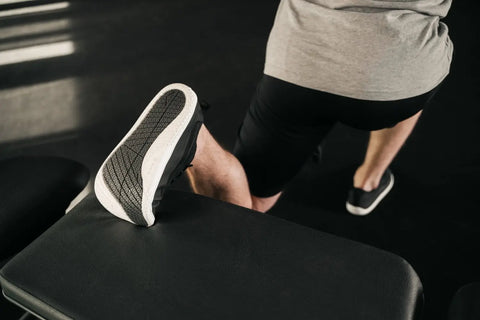More and more athletes are opting for barefoot shoes during training, and this is no coincidence. This choice is driven by several advantages that barefoot shoes offer compared to traditional sports footwear. Let's explore the main reasons why barefoot shoes have gained popularity among athletes.
Strengthening Muscles and Joints Barefoot shoes allow the feet to work naturally, activating muscles that often go unused in traditional footwear. This helps to strengthen the small muscles in the feet and ankles, aiding athletes in developing balance, improving coordination, and preventing injuries. Studies show that training in barefoot shoes increases the strength and stability of the legs, which is especially important for runners, weightlifters, and fitness enthusiasts.
Strengthening Muscles and Joints Barefoot shoes allow the feet to work naturally, activating muscles that often go unused in traditional footwear. This helps to strengthen the small muscles in the feet and ankles, aiding athletes in developing balance, improving coordination, and preventing injuries. Studies show that training in barefoot shoes increases the strength and stability of the legs, which is especially important for runners, weightlifters, and fitness enthusiasts.

Natural Movement Technique Training in barefoot shoes promotes a more natural running and movement technique. Unlike cushioned shoes, barefoot shoes allow athletes to feel the ground beneath them, helping to better control movements and improve technique. For example, running in barefoot shoes helps reduce the impact load on the heel and encourages a proper forefoot landing, which lowers injury risks and enhances training efficiency. A more natural running technique helps develop correct movement patterns, which is beneficial for any sport.
Increased Sensitivity and Coordination Barefoot sports shoes feature thin soles that enhance foot sensitivity and improve coordination of movements. This helps athletes better control their bodies and improve stability, especially during weightlifting exercises. The ability to feel the surface underfoot makes barefoot shoes ideal for functional training.
Increased Sensitivity and Coordination Barefoot sports shoes feature thin soles that enhance foot sensitivity and improve coordination of movements. This helps athletes better control their bodies and improve stability, especially during weightlifting exercises. The ability to feel the surface underfoot makes barefoot shoes ideal for functional training.

Injury Prevention Thanks to the natural distribution of weight and the strengthening of the foot's arches, barefoot shoes help prevent injuries such as ligament and muscle overuse. Athletes who regularly use barefoot shoes note that they promote healthier movement techniques and strengthen the foot, which is essential for preventing various issues, including flat feet.
Thus, barefoot shoes are becoming increasingly popular among athletes due to their unique benefits: muscle strengthening, improved movement technique, and injury prevention. Training in barefoot shoes helps achieve better results and develop the body in a more natural and functional way.

